Search
Did you mean: Agora?
Search Results
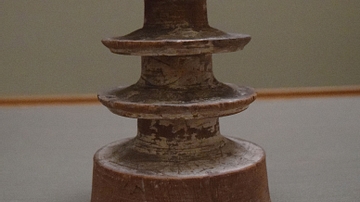
Image
Maquette of an Ancient Japanese Pagoda
This is one of the "One Million Pagodas" that were made of wood during the Nara period, around c. 770 CE. (Tokyo National Museum)

Definition
Yakushiji
The Yakushiji temple, located in Nara, Japan, is the headquarters of the Buddhist Hosso sect and one of the most important temples in the country. Originally founded in 680 CE at Fujiwara-kyo but then relocated to Nara in 718 CE, its famous...
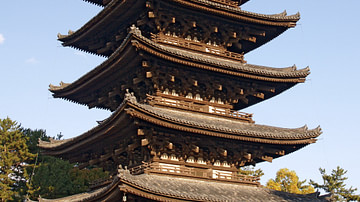
Definition
Kofukuji
Kofukuji is a Buddhist temple which was founded in 669 CE and relocated to its present location in Nara, Japan in 710 CE. It was the main Buddhist temple of the influential Fujiwara clan during the Heian Period (794-1185 CE). The temple's...

Definition
To-ji
The To-ji Shingon Buddhist temple complex is located in Kyoto, Japan. Founded in 796 CE, its five-storey wooden pagoda is the largest in Japan, a symbol of the city, and listed as a National Treasure. The complex includes other examples of...

Definition
Ancient Nara
Nara, located around 30 km south of modern Kyoto, was the capital of ancient Japan between 710 and 784 CE. It gave its name to the Nara Period (710-794 CE), although the name during the 8th century CE was Heijokyo. Modelled on the Chinese...
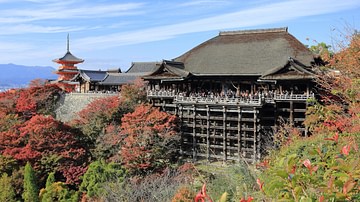
Definition
Kiyomizu-dera
Kiyomizu-dera, otherwise known as the 'Temple of the Pure Water Spring', is a Buddhist temple in Kyoto, Japan. The site is famous for its impressive viewing platform, three-storey Koyasu pagoda and the medicinal pure waters of the Otowa Spring...
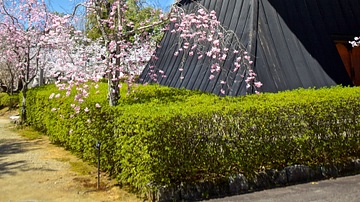
Definition
Ninna-ji
Ninnia-ji is a Shingon Buddhist temple complex located in Kyoto, Japan. Known as the 'Temple of Heavenly Benevolence', it was founded in 888 CE by Emperor Uda (r. 887-897 CE). Ninna-ji is listed by UNESCO as a World Heritage Site and its...
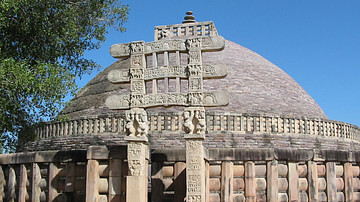
Article
Ten Great Stupas from Around the World
A stupa is a reliquary containing the remains (relics) of an individual associated with great spiritual power and insight, most often (since the 3rd century BCE) with the Buddha (l. c. 563 - c. 483 BCE). The form, a hemisphere topped by a...

Definition
Ancient Chinese Architecture
Walled compounds, raised pavilions, wooden columns and panelling, yellow glazed roof tiles, landscaped gardens, and a careful application of town planning and use of space are all notable features of the architecture of ancient China, with...
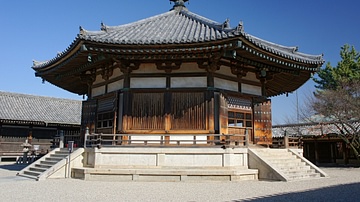
Definition
Horyuji
The Horyuji Temple near Nara in Japan was founded in 607 CE by Prince Shotoku and is the only surviving Buddhist monastery from the Asuka Period in its original state. The complex, consisting of 48 listed buildings including a 5-storey pagoda...